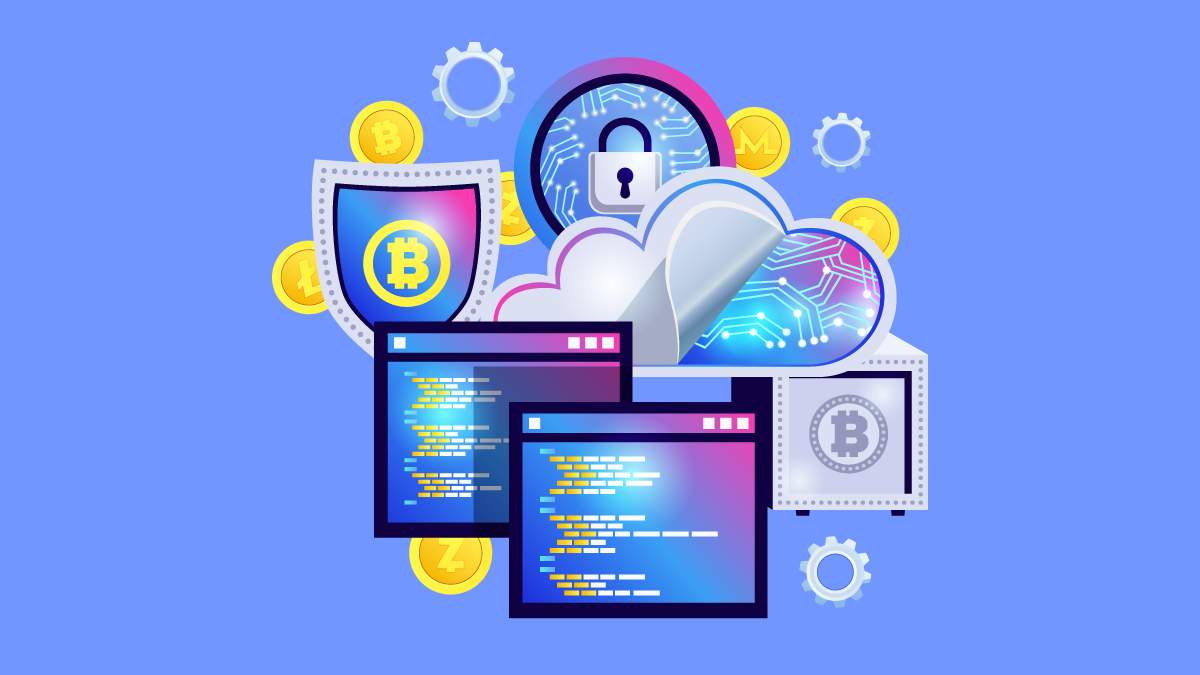
With companies all over the globe having to shift to remote working as well as offering digital services due to the coronavirus pandemic, cybersecurity threats have increased at an unprecedented rate, particularly for fintech and financial companies. How can these banks and commercial finance companies better protect themselves from cyber attacks without spending a fortune and disrupting their businesses at a time when disruption has never been less desirable?
Be prepared for the added risks
While there is undoubtedly a major benefit in taking banking online, it also opens you up to new threats. This is particularly true in the wake of open banking, which makes things so much more secure for the customer but can lead to cracks in security for the financial businesses providing these necessary services. But what do these cracks actually look like?
Malware – This is when a hacker is able to seek out a vulnerability in a system and use it to launch an attack on a system. This cyber attack can be anything from a corruption to a complete takeover of the system. This is one of the most severe forms of cyber attack and is the one that is perhaps the most damaging.
Data leaks – Your customer data is arguably the most important thing any financial company has at their disposal. This kind of information, if leaked into the wrong hands, can prove catastrophic. Unfortunately, while automated systems do make the world of fintech run a lot smoother, this automation is also vulnerable to leaks.
Cloud attack – In a fintech ecosystem, almost everything is going to be stored in a cloud computing network. As these banks rarely have much in the way of physical space it stands to reason they wouldn’t have any physical server space to work with either. Not only that but the cloud is so much more affordable and practical than it once was. However, without adequate cloud cybersecurity measures in place, it could leave financial services more open to attack.
Critical system failure – This is a complete system shutdown and is simply not acceptable. Even if a system is only online 99.9% of the time, it’s not enough. That .01% could mean millions down the drain.
Collaboration is the key
Ultimately, it’s going to be about the financial sectors (both online and offline) working together to formulate clear regulations that help make the future safer and more secure for them and their users. Because right now, there’s far too much grey space in the regulatory landscape that needs flattening out. Open banking is certainly a good start in many regards but it should only be the first of many steps. Collaboration is the only way we’re going to be able to root out and delete these cybersecurity threats once and for all.




